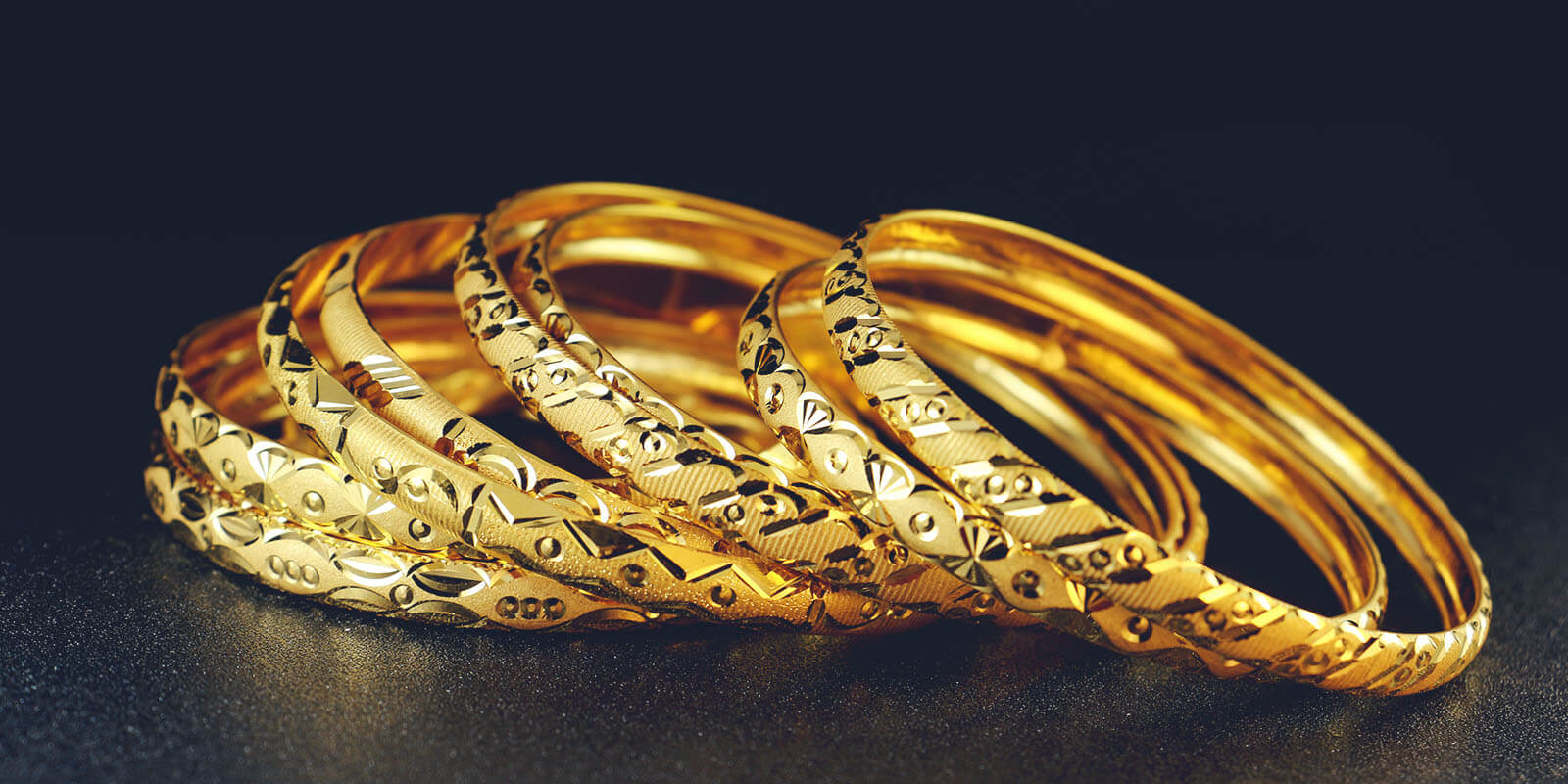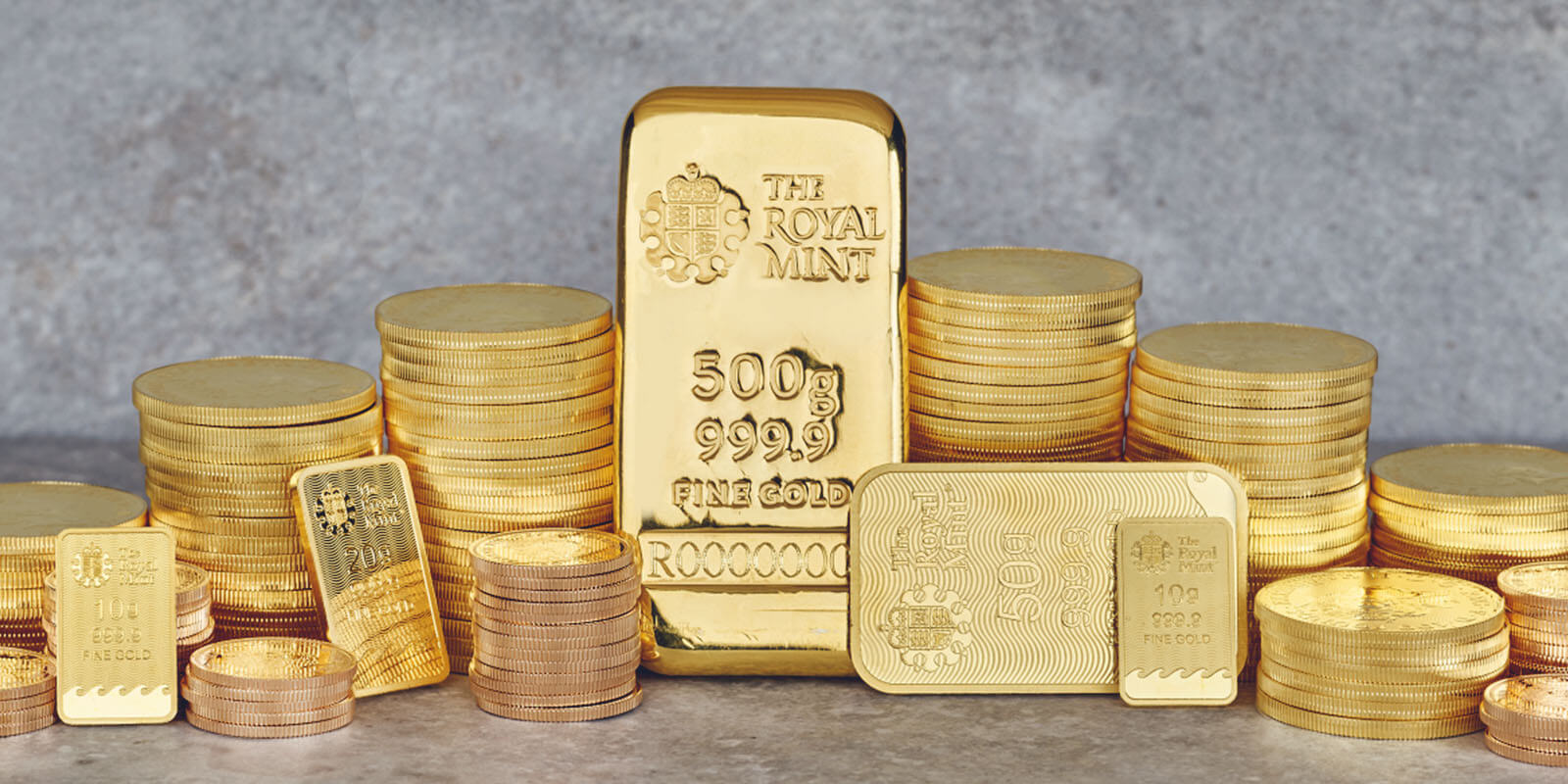The best-known precious metals are of course gold and silver, which have both been made into currency and objects of art since before recorded history began. However, the platinum group of elements (platinum itself, palladium, iridium, osmium, rhodium and ruthenium) are also important precious metals. Platinum and palladium have international currency codes assigned by ISO, just like gold and silver, but what makes all of these metals special? Is it simply their rarity, beauty and utility?
Defining Precious Metals
Precious metals are defined as rare, naturally occurring metals that are highly sought after for economic reasons, but that is a very unimaginative way to describe them. Precious metals have had a powerful effect on human history, and gave rise to the very concept of ‘money’ as well as so many of the traditions that continue to define international culture.
It might be better to say that a precious metal is one that is considered valuable and desirable not only because it serves as a universally recognised unit of wealth, but also as a material whose value can be increased further by being made into art, jewellery or even coins, such as gold bullion.
There are three areas that are often referenced when discussing precious metals:
- It must be a naturally occurring metallic element
Gold, silver, platinum and even the unusual precious metals like osmium are all metals (in a chemical sense) and naturally occurring. Unstable elements that must be created in a lab (typically by fusing or irradiating other elements) can never count as precious metals.
- It must be rare
The amounts of the metal found in the Earth’s crust must be quite small. Copper, while traditionally used in coinage and jewellery, is far too common to be called ‘precious’. Aluminium was once considered a precious metal because it was nearly impossible to refine. However, modern production techniques relegated it to the status of a common metal.
- It must be valuable
A metal might pass both of the other tests, but if it isn’t desired by people, it does not count. Gold and silver are highly sought after both as currency, bullion and for making art, but are also vital to the electronics industry. Whilst some is used in investment and jewellery, the majority of the platinum and palladium produced today is snapped up by automobile manufacturers to produce catalytic converters.
A metal must have all three aspects to be precious, and even then some are more precious than others. You can get a good sense for how precious a metal is by comparing it to others on international markets.
The most expensive are at once very rare and very useful. Gold and platinum definitely count as contenders for the number one spot. Silver may be more useful industrially, but it is somewhat less rare, so less precious. Rhodium, iridium and ruthenium are perhaps the rarest, roughly 1/5 as common as platinum. However, the sale price of rhodium is typically a bit less than that of platinum, and the rest are even less expensive because they are simply less useful.
Precious Metals in Different Cultures
Every culture has its own unique relationships with metals such as gold, silver, platinum, palladium and even bronze and copper. Some prize certain metals for their rarity, some for their inherent beauty and some for their utility (whether for making tools, modern electronics or art).
- China
China has one of the longest and most detailed written histories in the modern world, and the stories it tells all include gold, silver, and copper. Gold is symbolic of wealth and luck in China, and the giving of golden (and more recently golden-coloured) gifts has always been the hallmark of high-status people.
Oddly enough, China first issued precious metal coinage in 1890. Prior to that, gold, silver and other metals were used as portable wealth but in the form of silver and gold bars or ingots. Coins for everyday use were more commonly made of base metals.
- India
Precious metals also have a long and hallowed history in India but gold, in particular, is revered. It is symbolic of both beauty and purity and has deep associations with the Hindu pantheon. In fact, the name of one Hindu creator deity, Brahma, can be translated as ‘imperishable gold’ or ‘the one born of gold’.
Gold was also the chief means of exchange between the many different kings, emperors and governments that have shared the sub-continent. It was at times considered, along with land, the only asset of enduring value. The gift of a gold dowry is an essential part of most traditional Indian weddings to this day.
- The West
European and Western cultures have always loved, fought over, built from, and at times even deified gold, silver and other precious metals. Western culture has its roots in Hellenism and the Roman Empire, but a love for gold, silver, bronze and copper long predated both cultures throughout the region. Until very recently, it was a poor king indeed who did not take his place with a crown of gold. Precious metal coins ushered in the beginnings of a cash economy here, as they did in almost all parts of the world.
The Universal Appeal of Gold
Gold has fascinated people all over the world as far back as history takes us. Our earliest records refer to gold being desired both as an art form and as a kind of international currency. The yellow of the metal was always more important than the face of the king that was stamped upon it.
Today, gold is just as sought after as ever, and it is just as valuable as an international expression of wealth. Gold coins and bars are collected by many as a way of investing and protecting their wealth. Even if physical ownership of gold is avoided, physically-backed digital products also maintain their value by their connection to gold stored in vaults. However, the ownership of physical gold – the ability to touch it, to hold it, and even the freedom to protect it or move it from place to place – never seems to lose its appeal.



